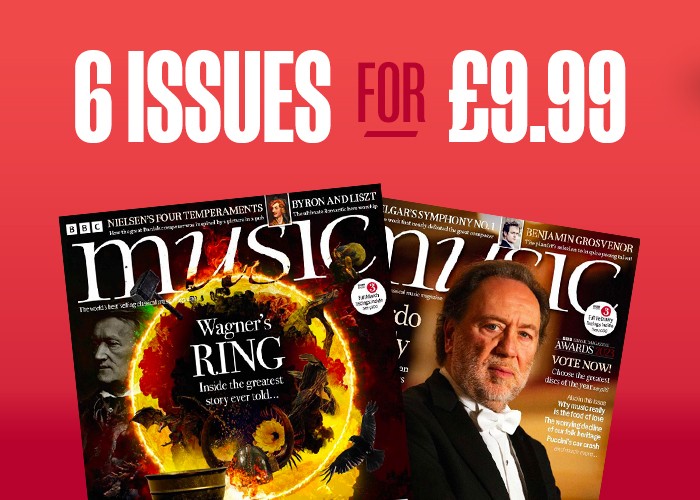A guide to Beethoven's Symphony No. 6 'Pastoral'
We tell the story of how Beethoven composed his Pastoral Symphony, and share one of the symphony's best recordings

When was Beethoven's Symphony No. 6 'Pastoral' first performed?
Beethoven's Symphony No. 6 first premiered at Vienna's Theater an der Wien, on 22 December 1808.
When did Beethoven compose his Sixth Symphony?
The first sketches of the Pastoral Symphony appeared in 1802, but Beethoven was not ready to complete it for a further six years. The most interesting aspect of the symphony is not that it has a descriptive programme – it doesn’t really, apart from a few picturesque moments like the slow-movement bird calls and the storm – nor that it is in five movements (debatable, even though Beethoven suggests it). It is the way the music is put together, completely unprecedented and virtually unfollowed.
The term ‘Pastoral’ in music had already for 100 years implied the sleep of nature and drone of bag-pipes. Beethoven exalts the concept to that of a primordial murmur, and imitates natural repeated patterns with long passages of unchanging harmony. His music had been moving in that direction throughout his Opus 50s.
What does Beethoven's Pastoral Symphony depict?
The first movement in F (‘Awakening of happy feelings on arrival in the country’) is followed by another long movement (‘Scene by the Brook’) in the subdominant B flat. This gives a hymn-like, plagal, feeling which is maintained by the return to F for the scherzo (‘The merry making of country-folk’).
Had there not been a distinct departure into F minor for ‘The Storm’ fourth section, the F major ‘Hymn of thanksgiving’ finale would not convey the sense of completion.
The storm does everything in Beethoven’s power to subvert the fundamental F major, pastoral stasis, churning through every key known to man. The orchestration of the storm is also an extraordinary exercise in musical impressionism, with double basses and cellos fudging each other’s lines to create a deep inchoate rumbling. Nothing like it was to be heard for another 100 years.
In purely musical terms, the storm is the introduction to the finale, without which it would be another leisurely panorama, hardly distinguishable from the pace of the other movements. Indeed, since the scherzo, storm and finale are played without a break, there is as much justification for regarding the symphony as a three- rather than a five-movement construct.
What is the style of Beethoven's Pastoral Symphony?
The 'Pastoral' is the polar opposite of Beethoven's Fifth Symphony, which is a herculean construct of compressed energy, its downward plunging motto forbidding expansion. The Pastoral, with its infinitely extendable opening motif, is an expansive and expanding universe. Harmonic movement determines the form. Motifs are repeated for bars on end in one tonal centre, and then the whole passage is heard again a third up or down.
In the process, Beethoven creates all sorts of sounds which the later Romantics took as emblematic of nature, such as the cuckoo-like motif which Mahler recalls in many of his works.
What is the best recording of Beethoven's Pastoral Symphony?
London Classical Players/Roger Norrington
EMI (with Symphony No. 1)
Still as fresh as ever – a combination of original instruments and conductor Roger Norrington’s energy – this 1980s recording of the Sixth gets to the heart of Beethoven’s titanic creativity. Every note, every phrase penetratingly re-thought, it’s like hearing the music for the first time: the bird-calls sound startling, the ‘beginner’ bassoon in the scherzo wonderfully wittily, the storm elemental.
Read more of our reviews of the latest Beethoven recordings here
Find out more about Beethoven and his work here
Words by Chris de Souza. This article first appeared in the December 2015 issue of BBC Music Magazine.




